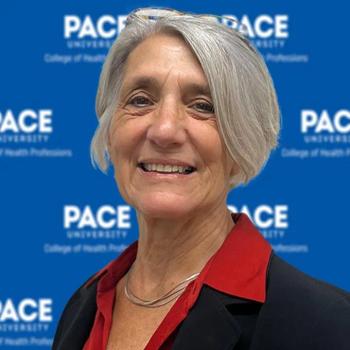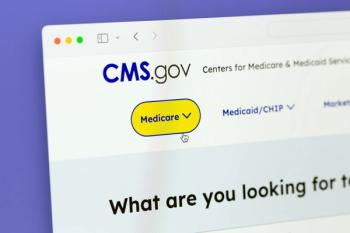
How the COVID-19 Vaccine Rollout Continues to Prepare Healthcare for Future Challenges
The healthcare challenges of tomorrow will require collaborative efforts from healthcare organizations, healthcare leaders, and federal and state governments.
There’s a lot to be proud of when it comes to the story of the COVID-19 vaccine development and rollout. The speed at which the industry responded was incredible, the impact of technology in the healthcare industry was apparent, and the
So much time, energy, and money went into developing these vaccines, but a centralized planning effort for facilitating vaccine delivery was lacking. Myriad strategies and infrastructures varied state by state — and even county by county. The final stage of the distribution process was often handed over to
This state-by-state vaccine distribution approach and lack of central organization, which left
How to Meet the Next Big Challenge
Many of the problems associated with the vaccine rollout could have been prevented through the help of technology and via a more cohesive, unified strategy throughout the country. The good news? The successes and failures have taught us valuable lessons that can be applied to healthcare challenges going forward.
Here are four important questions that will allow healthcare leaders to meet the moment better in the future:
1. How do we best communicate?
We’ve learned over the past few months that it doesn’t matter how efficient your rollout is if people don’t know when and where to receive treatment. It’s vital to set up an omnichannel communication effort that will allow you to reach as many people as possible and improve health equity.
If you establish a communication pipeline through the existing electronic scheduling and registration process, you can then establish a relationship through each patient’s preferred mode of contact — mainly texting, voice calls, or email. This helps patients stay aware of available and necessary treatments, such as additional vaccines, booster shots, diabetes management, and more.
2. Are we making interoperability a priority?
Efficiency in healthcare is vital in situations like these. The state-by-state vaccine distribution quickly made it apparent that a single distribution technology solution was more efficient — and effective — than an approach using multiple systems that didn’t talk with one another. This is a great opportunity for the healthcare industry to learn from these struggles and develop greater interoperability between providers.
The result is a better, quicker, and more streamlined patient experience that gives people easy access to information and empowers them to make better health choices. It also provides hospitals and doctors with more information, which helps them make informed decisions regarding patient care.
3. How do we keep innovating?
The fact that we were able to develop three incredibly effective vaccines in less than a year was largely due to the high public-private partnerships that facilitated innovation at a pace rarely seen before. This kind of drive shouldn’t be shrugged off as just a one-time phenomenon.
Instead, it should be cultivated and grown in an effort to create future vaccines and treatments faster than ever. If we can maintain this level of innovation and collaboration — bypassing the bureaucratic intervention that can slow everything down — the possibilities are potentially world-changing.
4. How do we establish trust with people in need of care?
Confidence and faith in the healthcare system are key elements of any long-standing relationship between patients and healthcare providers. Two of the biggest healthcare administration challenges today are the lack of trust in vaccines and the hesitancy many have with the collection of private data that’s often necessary for proper treatment. This mistrust hinders the vaccine rollout and can have serious repercussions for the population at large.
Thankfully, this is something that we have the power to improve. Patients typically believe what they hear directly from their providers, which means it’s crucial to be open and transparent every step of the way — and to encourage people to believe in the safety and necessity of treatments.
Providers should communicate frequently, ask for feedback, and share updates regularly to gain the trust of patients. If there isn’t an active effort at transparency and forthrightness, patients will be cautious and slow to integrate with any innovative solutions.
Being prepared for the next healthcare challenges will certainly require effort from healthcare organizations, healthcare leaders, and federal and state governments. Perhaps more importantly, we will all need to take what we’ve learned from the pandemic and be ready to face whatever the future might throw our way.
T. Scott Law Sr., CPA, is the founder and CEO of
Newsletter
Get the latest industry news, event updates, and more from Managed healthcare Executive.




















































